Podcast: Play in new window | Download (Duration: 30:53 — 28.3MB) | Embed
Subscribe: More
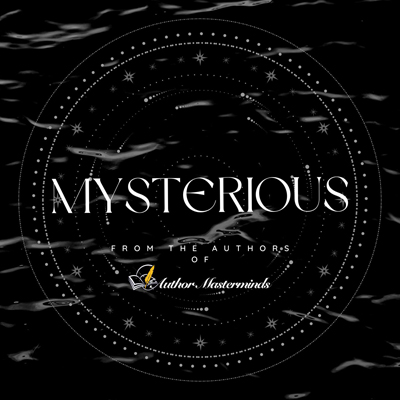
Podcast: Play in new window | Download (Duration: 30:53 — 28.3MB) | Embed
Subscribe: More

Podcast: Play in new window | Download (Duration: 27:57 — 25.6MB) | Embed
Subscribe: More
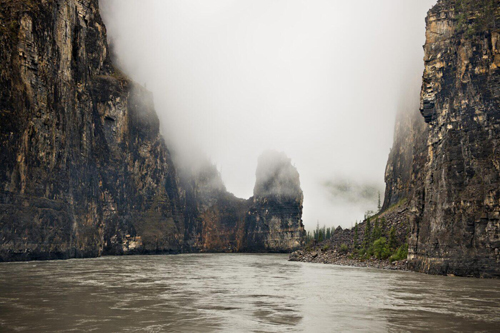
With landmarks bearing the names of Deadmen Valley, Headless Creek, Funeral Range, and Hell’s Gate Rapids, you might think twice before planning a trip to Nahanni National Park in Canada. However, the legends behind these names make the park even more daunting.
Berge, Chloe. “The haunting history of this Canadian National Park.” March 9, 2020. Fodors.com.
Malbeuf, Jamie. “Families call for case of mysterious 2005 deaths to be reopened.” May 7, 2018. CBS News.
Peters, Hammerson. Legends of the Nahanni Valley. 2018. Western Canada. Hammerson Peters.
Vučkovič, Aleska. “Valley of Headless Men: Mysterious decapitations in Canada’s Nahanni Valley.” December 2021. Ancient Origins.
_______________________
_______________

_________

Robin Barefield lives in the wilderness on Kodiak Island, where she and her husband own a remote lodge. She has a master’s degree in fish and wildlife biology and is a wildlife-viewing and fishing guide. Robin has published six novels: Big Game, Murder Over Kodiak, The Fisherman’s Daughter, Karluk Bones, Massacre at Bear Creek Lodge, and The Ultimate Hunt. She has also published two non-fiction books: Kodiak Island Wildlife and Murder and Mystery in the Last Frontier. She draws on her love and appreciation of the Alaska wilderness as well as her scientific background when writing.
Robin invites you to join her at her website: https://robinbarefield.com, and while you are there, sign up for her free monthly newsletter about true crime in Alaska. Robin also narrates a podcast, Murder and Mystery in the Last Frontier. You can find it at: https://murder-in-the-last-frontier.blubrry.net

Podcast: Play in new window | Download (Duration: 25:48 — 23.6MB) | Embed
Subscribe: More

Picture this: You walk into the New York Public Library. Those marble halls, the whispered conversations of scholars, the smell of old paper and binding glue. You might think you’re in one of the safest places in the world for precious documents. You’d be wrong.
____________
________________
Evan Swensen, book publisher, editor, author, and Author Masterminds charter member, along with his wife, Lois, publishes books by authors worldwide. He has been the publisher and editor of Alaska Outdoors magazine and producer of Alaska Outdoors television show and outdoor videos, and host of Alaska Outdoor Radio Magazine. He has been an Alaska resident since 1957.
As a pilot, he has logged more than 4,000 hours of flight time in Alaska, in both wheel and float planes. He is a serious recreation hunter and fisherman, equally comfortable casting a flyrod or using bait, or lures. Evan has been published in many national magazines and is the author of five books and publisher of more than 1,000 books by other authors.
Evan claims to have the best job in the world; he gets up in the morning, puts on his fishing vest, picks up his fly rod, kisses his wife goodbye, tells her he’s going to work—and she believes him.
Author Masterminds: https://authormasterminds.com/evan-swensen
Author Masterminds One Last Cast book: https://authormasterminds.com/details/XLxrX
One Last Cast on Amazon: https://bit.ly/3H0OzTo
One Last Cast short video: https://youtu.be/2wzwWmim-2g
Alaska Outdoors https://alaskaoutdoorsmagazine.com.
Alaska Outdoors Blog: https://alaskaoutdoorsmagazine.com/blog/
Alaska Outdoors Videos: https://bit.ly/37xjUzl

Podcast: Play in new window | Download (Duration: 19:25 — 17.8MB) | Embed
Subscribe: More
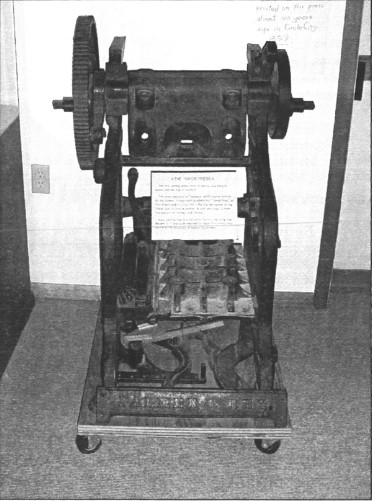
No chapter on newspapers in Alaska would be complete without a section on the most-sued member of the press, George Hinton Henry. Henry published/edited six papers in four cities between 1907 and 1915. These included the Yukon Press, Tanana Citizen, Hot Springs Echo, Tanana News, Free Press (Fairbanks), and Socialist Press in Fairbanks. He was responsible for a great number of newspapers in a great number of towns, all of which went broke. Further, he probably holds the record for the number of times an editor has been sued for slander, though the true number is unknown as most of the records for that time period have been lost. While some of the historical documentation still exists, the bulk of the information on his sordid career appears in the various papers not published by him.
____________________________
____________________________________________
_______________________________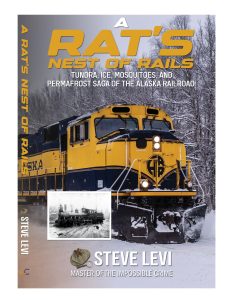 _______________________
_______________________
________________

Steve Levi is a 70-something writer in Alaska. He specializes in the impossible crime and the Alaska Gold Rush. An impossible crime is one in which the detective must figure out HOW the crime was committed before he can go after the perpetrators. As an example, in THE MATTER OF THE VANISHING GREYHOUND, the detective must figure out how a Greyhound bus with four bank robbers, a dozen hostages, and $10 million can vanish off the Golden Gate Bridge. Steve’s books can be seen at www.authormasterminds.com/steve-levi and www.steverlevibooks.com. He also does two historical uploads a week. Send Steve your email, and he will include it in the mailings.

Podcast: Play in new window | Download (Duration: 24:00 — 22.0MB) | Embed
Subscribe: More
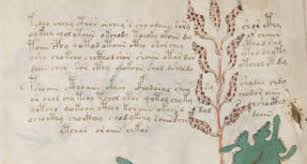
There is a book, a book that has broken the minds of the world’s greatest codebreakers, a book that has resisted every attempt at translation for over a century. A book that shouldn’t exist but does. Today we’re diving deep into the Voynich manuscript. A 600 year old enigma that has stumped the NSA defeated World War the Second cryptographers and continues to mock every attempt to unlock its secrets. But here’s what makes this story truly extraordinary. We now have scientific proof that everything about this book is real except our ability to read it.
__________
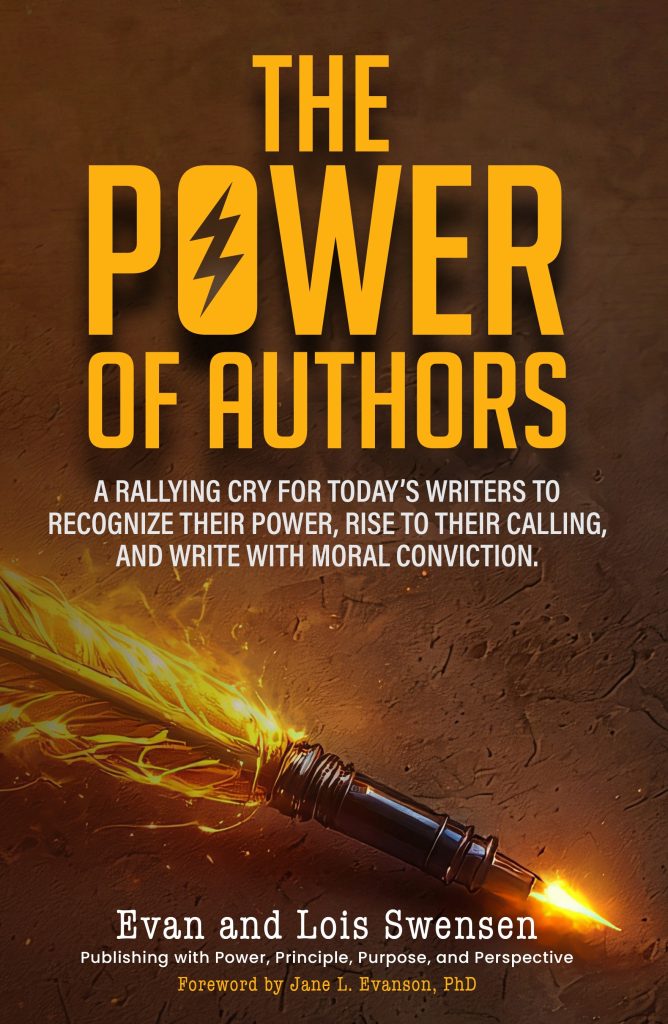
__________________________________________________
Evan Swensen, book publisher, editor, author, and Author Masterminds charter member, along with his wife, Lois, publishes books by authors worldwide. He has been the publisher and editor of Alaska Outdoors magazine and producer of Alaska Outdoors television show and outdoor videos, and host of Alaska Outdoor Radio Magazine. He has been an Alaska resident since 1957.
As a pilot, he has logged more than 4,000 hours of flight time in Alaska, in both wheel and float planes. He is a serious recreation hunter and fisherman, equally comfortable casting a flyrod or using bait, or lures. Evan has been published in many national magazines and is the author of five books and publisher of more than 1,000 books by other authors.
Evan claims to have the best job in the world; he gets up in the morning, puts on his fishing vest, picks up his fly rod, kisses his wife goodbye, tells her he’s going to work—and she believes him.
Author Masterminds: https://authormasterminds.com/evan-swensen
Author Masterminds One Last Cast book: https://authormasterminds.com/details/XLxrX
One Last Cast on Amazon: https://bit.ly/3H0OzTo
One Last Cast short video: https://youtu.be/2wzwWmim-2g
Alaska Outdoors https://alaskaoutdoorsmagazine.com.
Alaska Outdoors Blog: https://alaskaoutdoorsmagazine.com/blog/
Alaska Outdoors Videos: https://bit.ly/37xjUzl

Podcast: Play in new window | Download (Duration: 16:37 — 15.3MB) | Embed
Subscribe: More
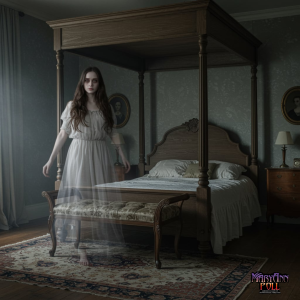
In the misty hills of 1897 Greenbrier County, a young woman’s sudden death sparked a chilling mystery that would echo through history. Join us as we unravel the haunting tale of the Greenbrier Ghost, where a spirit’s whisper from beyond the grave led to a murderer’s conviction.
_____________
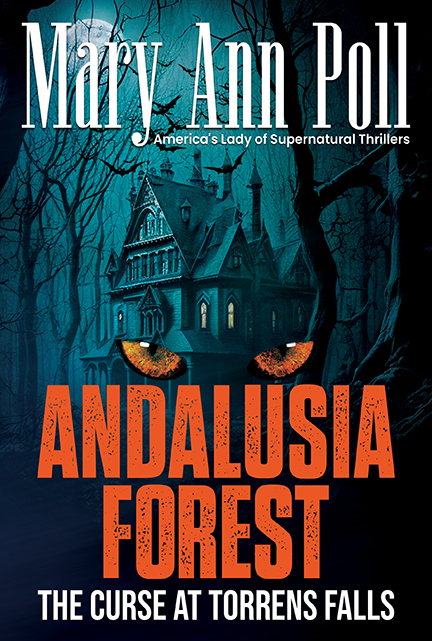
__________________________________________________________________________________________________

________________________________________________________________________________________________
Mary Ann Poll is the author of five Supernatural Thriller novels, Ravens Cove, Ingress, Gorgon, Dullahan, and Andalusia Forest.
Sign up to subscribe for free information about upcoming events at www.maryannpoll.com and check out her podcast Real Ghost Chatter.
_______________________________________________________

Podcast: Play in new window | Download (Duration: 22:04 — 20.2MB) | Embed
Subscribe: More
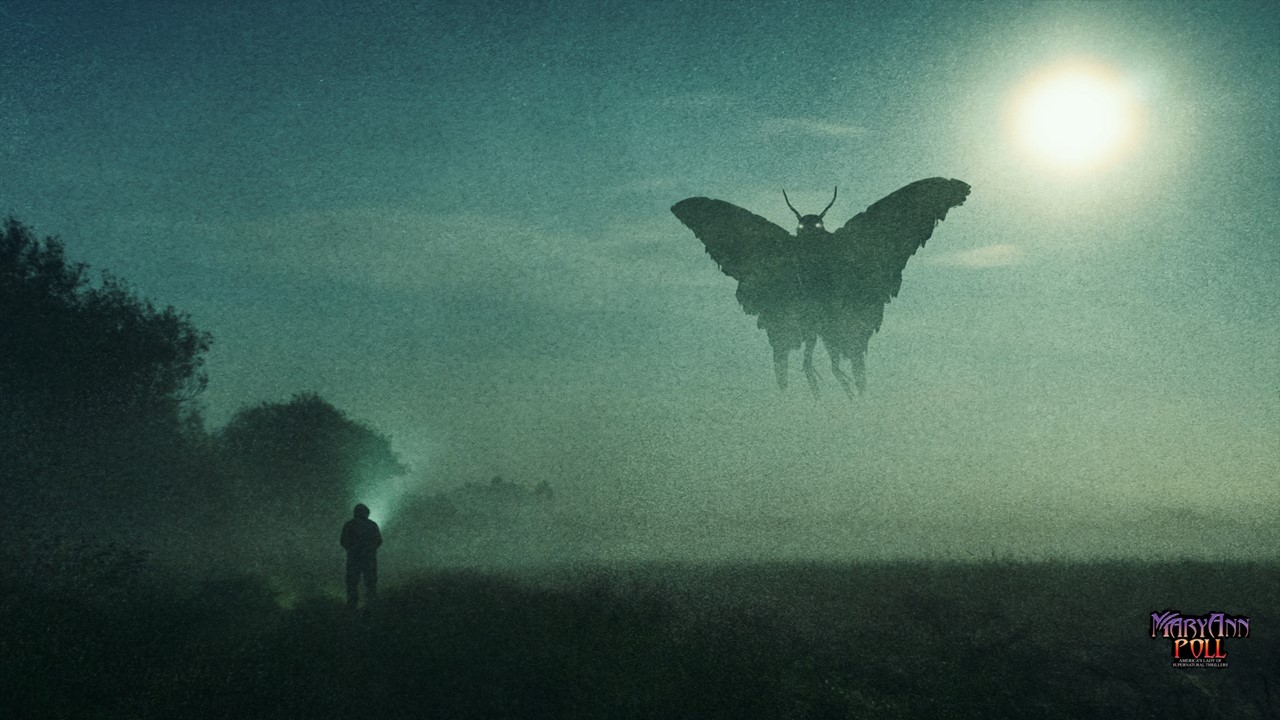
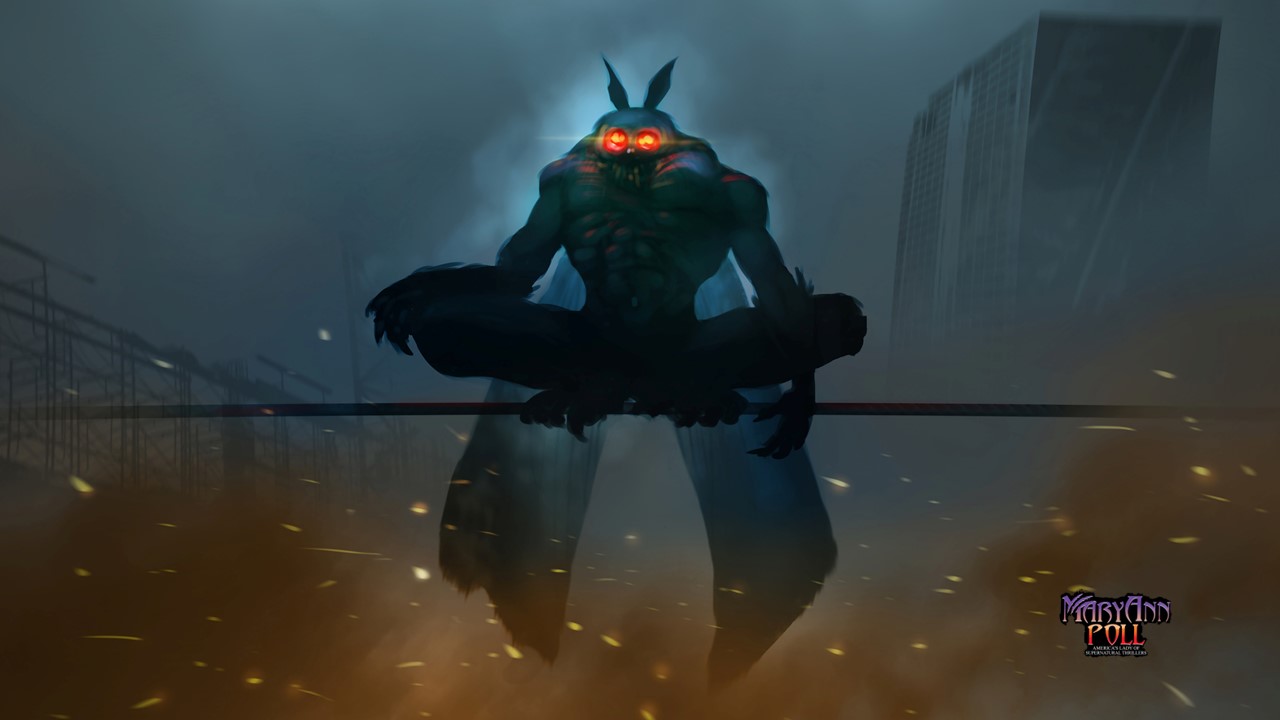
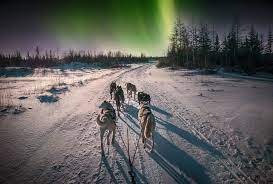
__________________________________________________________________________________________________

__________________________________________________________________________________________________

________________________________________________________________________________________________
Mary Ann Poll is the author of five Supernatural Thriller novels, Ravens Cove, Ingress, Gorgon, Dullahan, and Andalusia Forest.
Sign up to subscribe for free information about upcoming events at www.maryannpoll.com and check out her podcast Real Ghost Chatter.
____________________________________________________________________________________________________________

Podcast: Play in new window | Download (Duration: 18:42 — 17.2MB) | Embed
Subscribe: More
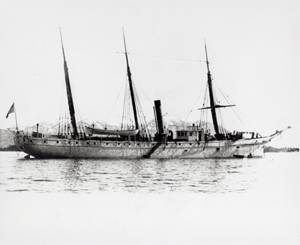
No saga of the Alaska Gold Rush would be complete without a touch of the mysterious. Every rush has its eerie events, and the Alaska Gold Rush was no exception. Perhaps the most perplexing incident of that era was the saga of the Clara Nevada. Here was a tale of greed, robbery, and murder, along with a ghostly re-visitation. But it was more than that. It is also one of the largest successful robberies in American history combined with the third largest mass murders in American history as well, surpassed only by the Oklahoma City bombing in 1995 and the 911 attack on the World Trade Center.
murders in American history as well, surpassed only by the Oklahoma City bombing in 1995 and the 911 attack on the World Trade Center.
___________

Check out the Author Masterminds Website
Get to know the authors at The Readers and Writers Book Club
______________________________________________________

Steve Levi is a 70-something writer in Alaska. He specializes in the impossible crime and the Alaska Gold Rush. An impossible crime is one in which the detective must figure out HOW the crime was committed before he can go after the perpetrators. As an example, in THE MATTER OF THE VANISHING GREYHOUND, the detective must figure out how a Greyhound bus with four bank robbers, a dozen hostages, and $10 million can vanish off the Golden Gate Bridge. Steve’s books can be seen at www.authormasterminds.com/steve-levi and www.steverlevibooks.com. He also does two historical uploads a week. Send Steve your email, and he will include it in the mailings.
Podcast: Play in new window | Download (Duration: 37:36 — 34.5MB) | Embed
Subscribe: More

Since well before the “Americans” discovered the magnificent Grand Canyon, the incredible geologic formation has been shrouded in mystery. The Hopis—who live there on the southern escarpments of Black Mesa in eastern Arizona–are one of the oldest living cultures in documented history, with a past stretching back thousands of years. The Hopi trace their ancestry to the Ancient Puebloan and Basketmaker cultures, which built many stone structures and left many artifacts at the Grand Canyon and across the area of the present day Southwestern United States. Little is known about that mysterious culture beyond what they left behind.
________________
__________________________________________________
My pseudonym as an author is Carl Douglass, adopted as a means of telling stories with gripping realism—the truth of which would not bring trouble to my door. My writing of gripping, realistic fiction began after I was obligated to retire from the private practice of neurosurgery due to sudden blindness in my left eye from a retinal detachment which caused loss of stereoscopic vision. I carried with me decades-long knowledge of doctors, hospitals, and institutions of higher learning, including some less than laudatory information. My military experience during the years of the recent unpleasantness in Vietnam also gave me considerable insight. Both of those lengthy experiences provided true grist for the mill of my writing, but neither of them need to connect the stories to the lives of the real people and places where the stories took place. In that sense, I know too much and have no wish to incriminate or to bring harm or embarrassment to real individuals or institutions. My rich and varied life has provided even more fodder to feed my mind and contribute realism to my written work. In my time, I have had to work due to lacking a sugar daddy. I have been a grease monkey, a lumber mill and forest worker, a lifeguard, a slaughterhouse worker, a diener in a morgue, a lab rat, an academic writer, a medical officer in a mental hospital, a naval officer and surgeon, a brig doctor, and a deep diving officer. I have been the husband of one fine wife, the father of four children—one deceased—eleven grandchildren, and seven great-grandchildren. All of them have enriched the depth and breadth of my storytelling.

Podcast: Play in new window | Download (Duration: 22:35 — 20.7MB) | Embed
Subscribe: More
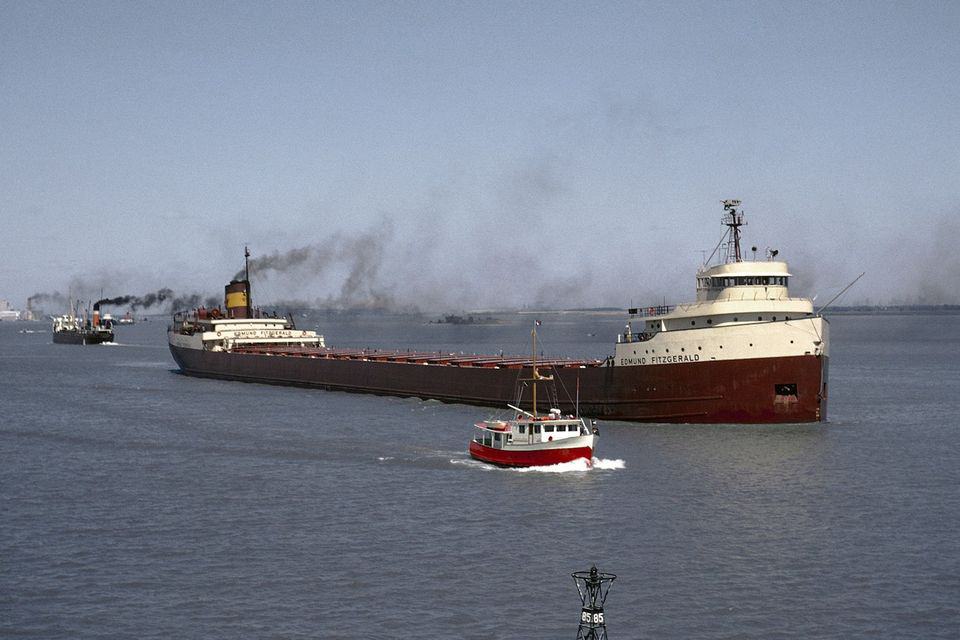
The legend lives on from the Chippewa on down
of the big lake they called Gitchee Gumee
The lake it is said never gives up her dead
when the skies of November turn gloomy
Gordon Lightfoot’s lyrics memorialize the tragedy of the wreck of the Edmund Fitzgerald, but the mystery remains – what sunk the great ship?
Stonehouse, Frederick. The Wreck of the Edmund Fitzgerald. Avery Color Studios, Inc. Gwinn, Michigan. 1977.
Charles River Editors. The Sinking of the Edmund Fitzgerald: The Loss of the Largest Ship on the Great Lakes. Kindle
Schumacher, Michael. The Trial of the Edmund Fitzgerald: Eyewitness Accounts from the U.S. Coast Guard Hearings. University of Minnesota Press. Minneapolis, MN. 201___________________________
________________
______________________
________________________________________________________________________________________________
Valerie Winans is a graduate of Northwestern Michigan College, a retired state government manager, and a former campground host in Denali National Park and Preserve, Alaska. Valerie is the author of four books: Alaska’s Savage River: Inside Denali National Park and Preserve, Road Trip with Remington Beagle: Michigan to Alaska and Back, and A Hero’s Journey: Life Lessons From A Dog And His Friends, and The Extraordinary Life of Edwin B. Winans: From the Stampede for Gold in California to the Capitol of Michigan. A writer of both fiction and non-fiction, her books are written to inform and entertain readers of all ages. She currently resides with her husband in Traverse City, Michigan. More information can be found at www.valeriewinans.com.